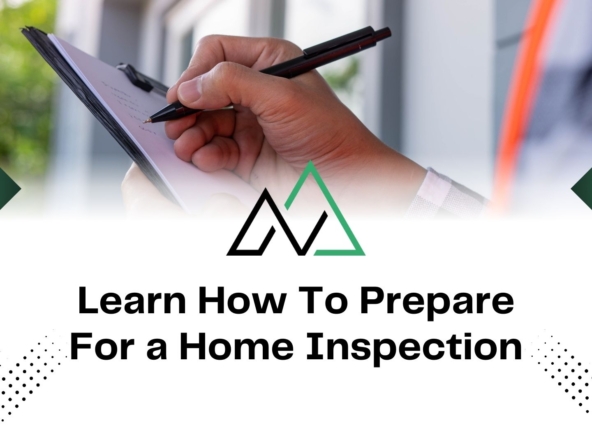Buying a home involves more than just choosing paint colors or envisioning furniture layouts. One critical document often overlooked is the property survey, a detailed map outlining your land’s exact boundaries and features. For Canadian buyers, especially those working with experts like New Homes Alberta, grasping this report ensures you know precisely what you’re purchasing.
Certified survey plans, created by licensed professionals, include vital details like easements, structures, and measurement markers. These legal documents protect against disputes with neighbors or municipalities. At New Homes Alberta (number: (403) 305-9167), we simplify complex terminology so you can focus on making informed decisions.
This guide breaks down symbols, scales, and boundary lines found in survey documents. Whether you’re reviewing an existing plan or ordering a new one, understanding these elements empowers you to verify property dimensions and avoid unexpected issues. Our team combines industry expertise with practical advice tailored to Alberta’s real estate landscape.
Key Takeaways
- Property surveys define legal boundaries and site features to prevent disputes.
- Licensed land surveyors create certified plans recognized by Canadian authorities.
- Scale markers and legends help interpret measurements accurately.
- Always verify the survey’s date and registration number for validity.
- New Homes Alberta offers expert guidance for homebuyers in Western Canada.
Understanding the Basics of Property Surveys

Defining Property Surveys and Their Importance
Prepared by licensed surveyors, these plans detail physical features and legal descriptors of a site. They confirm lot dimensions, highlight zoning restrictions, and note natural elements affecting usability. Without this information, you might unknowingly build on a neighbor’s plot or violate municipal codes.

Key Components and Terminology
Every survey includes a legend explaining symbols, a scale for measuring distances, and reference markers called monuments. Boundary lines appear as bold strokes, while dashed lines often indicate easements. Terms like “reference plan” refer to registered maps used for legal updates.
Accurate details ensure fences, driveways, or additions stay within your legal area. Professionals like New Homes Alberta emphasize reviewing these elements early to streamline transactions and future projects.
How to read a property survey: Step-by-Step Process
Mastering a survey begins with three core elements: the legend, scale, and directional indicators. These tools transform complex diagrams into actionable insights about your land’s layout. Let’s explore how to navigate these components confidently.

Interpreting the Legend, Scale, and Compass
The legend acts as a decoder ring for symbols. Circles might mark buried utilities, while hatched areas often show easements. Match these icons to physical features on your site.
Scale ratios (e.g., 1:500) reveal real-world distances. Use a ruler to calculate spacing between fences or structures. A north arrow clarifies orientation—critical for verifying solar exposure or drainage patterns.
| Symbol | Meaning | Common Example |
|---|---|---|
| ▬▬▬ | Boundary line | Solid black |
| ••• | Utility easement | Dotted gray |
| ▲ | Survey monument | Red triangle |
Navigating Measurement and Boundary Lines
Bold lines typically denote legal boundaries. Check numeric labels (e.g., 15.2m) against physical markers like iron rods. Discrepancies? Contact a licensed surveyor.
Cross-reference the report for details on encroachments or zoning limits. Alberta Land Surveyors Association stamps confirm validity—look for registration numbers and dates.
Pro tip: Use your phone’s GPS to approximate measurements during land walks. While not exact, this helps visualize the area described in the document.
Interpreting Legal and Technical Survey Details
Legal precision defines every inch of your land. Beyond basic measurements, surveys include critical markers shaping ownership rights and responsibilities. Let’s explore how to decode these elements confidently.

Decoding Easements, Encroachments, and Legal Descriptions
Dashed lines or shaded zones often mark easements—rights granting utility access across your property. For example, a 2m-wide strip labeled “E-1” might indicate buried gas lines. Encroachments appear as red flags, like a neighbor’s shed crossing your boundary.
Legal descriptions use precise language. Phrases like “Pt. Lot 12, Plan ABC123” identify specific parts of registered subdivisions. These tie directly to municipal records, ensuring alignment with zoning laws.
Understanding Reference Plans and Surveyor Notations
Reference plans (e.g., “Plan 123AB-456”) link your survey to provincial databases. Look for circled numbers matching registry details. Surveyors use initials like “LS” (Land Surveyor) beside stamps—a guarantee of accuracy under Alberta’s Surveyors Act.
Analyzing Reports, Certifications, and Compliance Stamps
A valid report includes:
- Alberta Land Surveyors Association seal
- Registration number (e.g., S-12345-2024)
- Expiry date (typically 5 years)
Non-compliance issues, like unpermitted decks, appear as dashed outlines with “NC” codes. Resolving these often requires a licensed professional to update the survey.
| Stamp Type | Meaning | Validity Indicator |
|---|---|---|
| ALSA | Approved by provincial board | Embossed seal |
| Municipal | Zoning compliance verified | Dated signature |
Cross-check dimensions against your purchase agreement. Even minor discrepancies (e.g., 0.5m gaps) can impact future renovations or sales.
Final Thoughts on Understanding Property Surveys in Alberta

Always validate certification stamps and registration numbers on reports. These confirm compliance with Alberta’s zoning laws and construction standards. Bookmark this resource for future reference when reviewing plans or discussing land survey updates with professionals.
New Homes Alberta simplifies complex documentation through expert guidance. For personalized assistance interpreting lines, symbols, or legal descriptions, call our team at (403) 305-9167. We’re committed to helping you make informed decisions with confidence.
Stay updated through trusted real estate blogs and certified surveyor insights. Knowledge transforms overwhelming charts into tools for protecting your investment—one boundary marker at a time.




